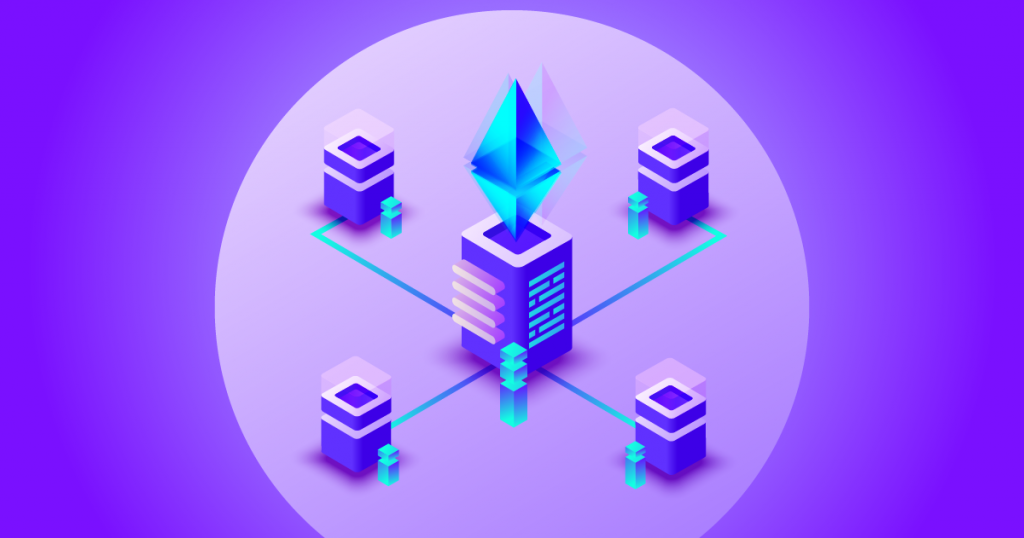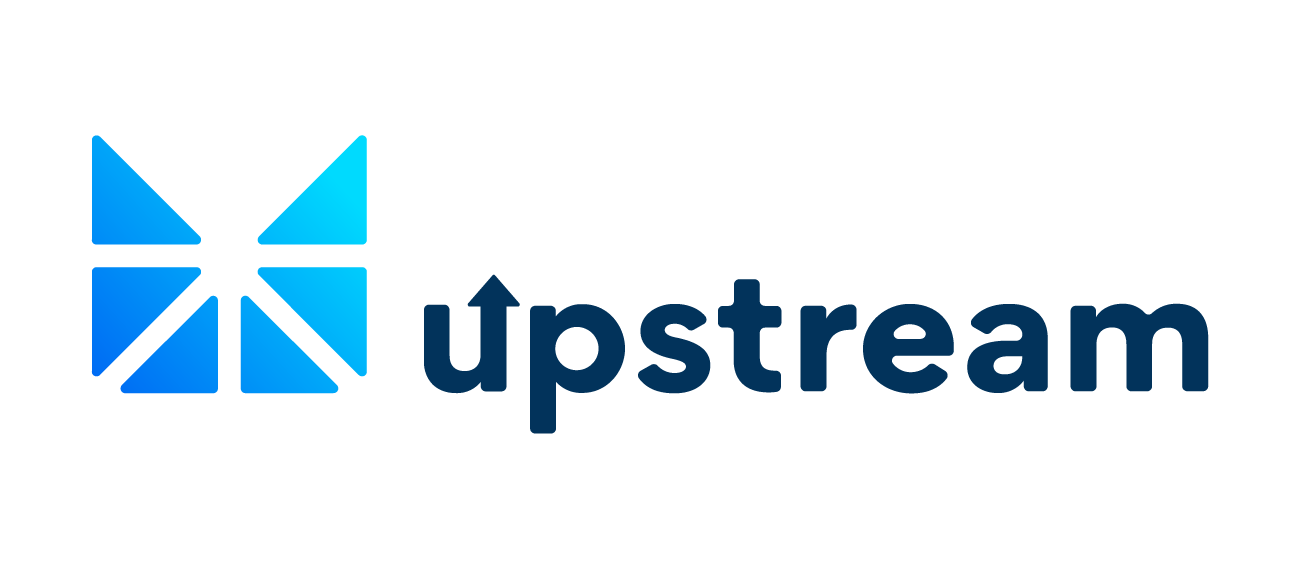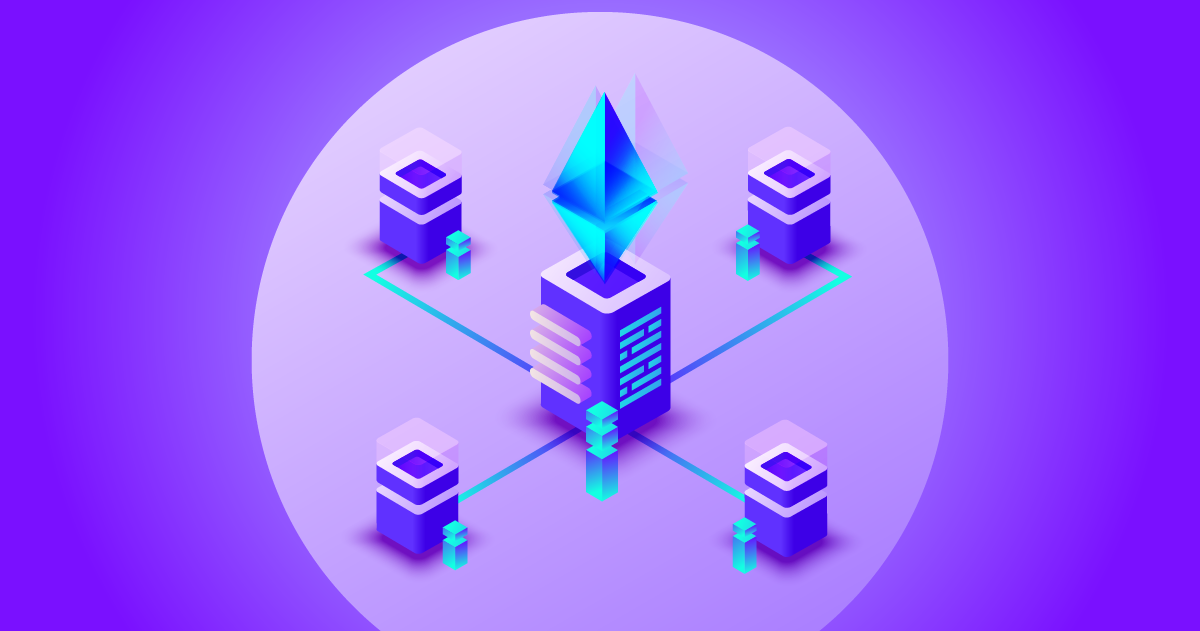
What’s the significance of Upstream as an Ethereum layer 2 solution for trading securities
Upstream, the Horizon-powered exchange and trading app for digital securities going live soon, is built using Ethereum blockchain technology.
On the surface, Upstream offers global investors a real-time, secure, and intuitive trading app. Under the hood, Upstream introduces what we believe to be the future of trading featuring some of the highest levels of transparency, accessibility, and investor protections using blockchain technology.
A little deeper into the blockchain weeds, Upstream represents an incredible use case as an Ethereum layer 2 solution for trading securities efficiently. Here’s what that means and why we believe it’s revolutionary.
First, what is layer 2 on Ethereum?
Ethereum is a blockchain that runs smart contracts. It acts as an operating infrastructure powering the cryptocurrency Ether and thousands of decentralized applications.
Layer 1 describes Ethereum Mainnet, the original blockchain architecture, which has grown into a robust ecosystem. While this is important in attesting to the blockchain’s truth and transparency, the large number of transactions has lead to heavy congestion, and sky-high gas fees.
For example for you to make one trade on Uniswap today, an Ethereum layer 1 application, the gas fee is around $220. These high fees make it really difficult for blockchain applications to be used for commercial use, or for smaller and more frequent transactions.
A layer 2 solution is built on top of layer 1, and works to address scalability and other pain points by taking transactions off of the Mainnet while maintaining the decentralized security model that layer 1 provides.
Upstream as a layer 2 solution
Upstream is powered by Horizon’s ERC-20 smart contract securities ecosystem running on an Ethereum layer-2 optimistic-rollup.
As you’ve probably gathered by now, some Ethereum use cases just don’t make sense to put on layer 1 with current gas fee prices and transaction confirmation times.
Because Upstream’s trading orderbooks aren’t consolidated by brokers, there can be hundreds of bids and offers involved in trading a security. The potential high level of price volatility and trade executions would not work efficiently on layer 1.
We also couldn’t get the transaction throughput we need in a large scale layer 1 consensus-based protocol with tens of thousands of validators.
For a use case like the technology powering Upstream, a next generation exchange and trading app with real time trades and settlements, layer 2 was the perfect home to build on.
The Horizon team spent the last few years working on a blockchain trading system on Ethereum layer 2 that maintains the security and transparency Ethereum provides while making it accessible and affordable for everyday traders.
Even with cryptocurrency exchanges, most of the orderbooks and trading systems behind the scenes are database driven, not blockchain driven.
Upstream features best bids and offers openly displayed on a public orderbook, with trades executed on-chain. This is a big deal. Most trading apps only offer windows into an exchange. Upstream offers traders direct access to the exchange using an Ethereum layer 2 blockchain.
Further, many popular trading apps rely on market makers and routing order flow. As an Ethereum-based exchange, the orderbook is there for all to see, on an immutable blockchain. The orders and pricing you see come from other investors in the community to maintain an accurate and fair marketplace.
As a layer 2 solution, Upstream traders don’t have high gas fees to worry about. In fact, Upstream doesn’t charge traders any gas fees.
We also operate a true ‘non-custodial’ environment, where the trader maintains complete control of their private key, their assets and their movement instead of electing to have a central entity move the assets on their behalf.
Concluding thoughts
The term “layer 2 solution” is slowly expanding beyond the crypto community and presenting use cases for the general public to participate in. Just this week TikTok announced that it’s teaming up with Immutable X, a layer 2 scaling solution for Ethereum to sell NFTs.
We believe Upstream offers another revolutionary use case for layer 2. The technology showcases a way to empower everyday investors to trade securities on a blockchain.
About Upstream:
Upstream, a MERJ Exchange Market, is a fully regulated global stock exchange for digital securities. Powered by Horizon’s proprietary matching engine technology, the exchange will enable investors to trade shares in IPOs, crowdfunded companies, US & Int’l. equities, SPACs and celebrity ventures directly from the app https://upstream.exchange. Interested issuers can reach the team at hello@upstream.exchange.
Disclaimer:
U.S. persons may not deposit, buy, or sell securities on Upstream.
This communication shall not constitute an offer to sell securities or the solicitation of an offer to buy securities in any jurisdiction where such offer or solicitation is not permitted. NFTs have no royalties, equity ownership, or dividends. NFTs are for utility, collection, redemption, or display purposes only. Anyone may buy and sell NFTs on Upstream. All orders for sale are non-solicited by Upstream and a user’s decision to trade securities must be based on their own investment judgment.
Upstream is a MERJ Exchange market. MERJ Exchange is a licensed Securities Exchange, an affiliate of the World Federation of Exchanges, a National Numbering Agency, and a member of ANNA. MERJ is regulated in the Seychelles by the Financial Services Authority, https://fsaseychelles.sc/, an associate member of the International Association of Securities Commissions (IOSCO). MERJ supports global issuers of traditional and digital securities through the entire asset life cycle from issuance to trading, clearing, settlement, and registry. It operates a fair and transparent marketplace in line with international best practices and principles of operations of financial markets. Upstream does not endorse or recommend any public or private securities bought or sold on its app. Upstream does not offer investment advice or recommendations of any kind. All services offered by Upstream are intended for self-directed clients who make their own investment decisions without aid or assistance from Upstream. All customers are subject to the rules and regulations of their jurisdiction. By accessing the site or app, you agree to be bound by its terms of use and privacy policy. Company and security listings on Upstream are only suitable for investors who are familiar with and willing to accept the high risk associated with speculative investments, often in early and development-stage companies. U.S. persons may not deposit, buy, or sell securities on Upstream. There can be no assurance the valuation of any particular company’s securities is accurate or in agreement with the market or industry comparative valuations. Investors must be able to afford market volatility and afford the loss of their investment. Companies listed on Upstream are subject to significant ongoing corporate obligations including, but not limited to disclosure, filings, and notification requirements, as well as compliance with applicable quantitative and qualitative listing standards.
Forward-Looking Statements
This communication contains “forward-looking statements.” Such statements may be preceded by the words “intends,” “may,” “will,” “plans,” “expects,” “anticipates,” “projects,” “predicts,” “estimates,” “aims,” “believes,” “hopes,” “potential,” or similar words. Forward-looking statements are not guarantees of future performance, are based on certain assumptions, and are subject to various known and unknown risks and uncertainties, many of which are beyond the Company’s control, and cannot be predicted or quantified, and, consequently, actual results may differ materially from those expressed or implied by such forward-looking statements. Such risks and uncertainties include, without limitation, risks and uncertainties associated with (i) difficulties in obtaining financing on commercially reasonable terms; (ii) changes in the size and nature of our competition; (iii) loss of one or more key executives or brand ambassadors; and (iv) changes in legal or regulatory requirements in the markets in which we operate. The Company assumes no obligation to publicly update or revise its forward-looking statements as a result of new information, future events or otherwise.

